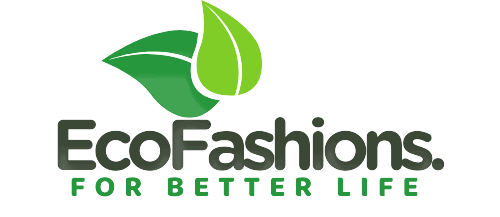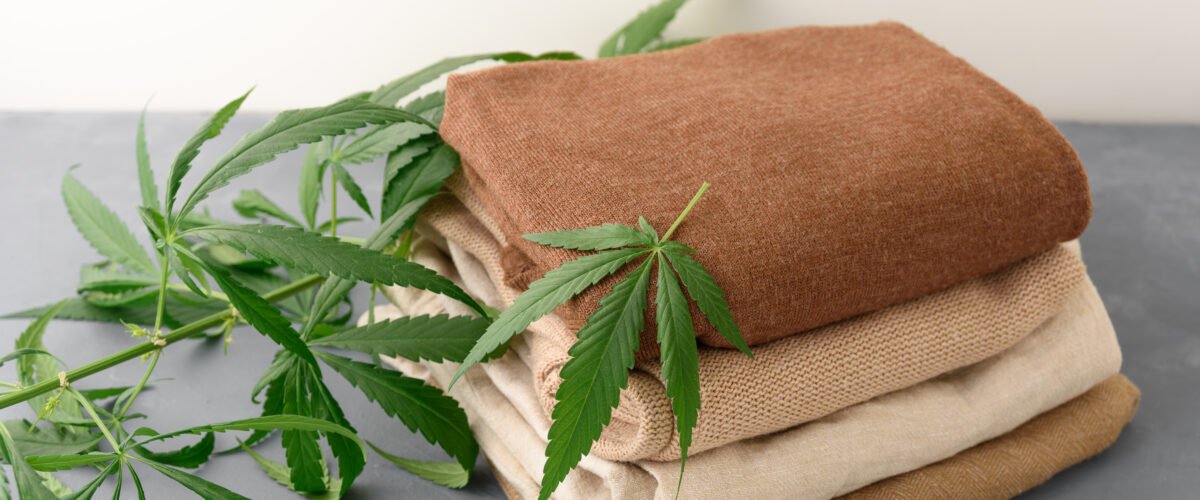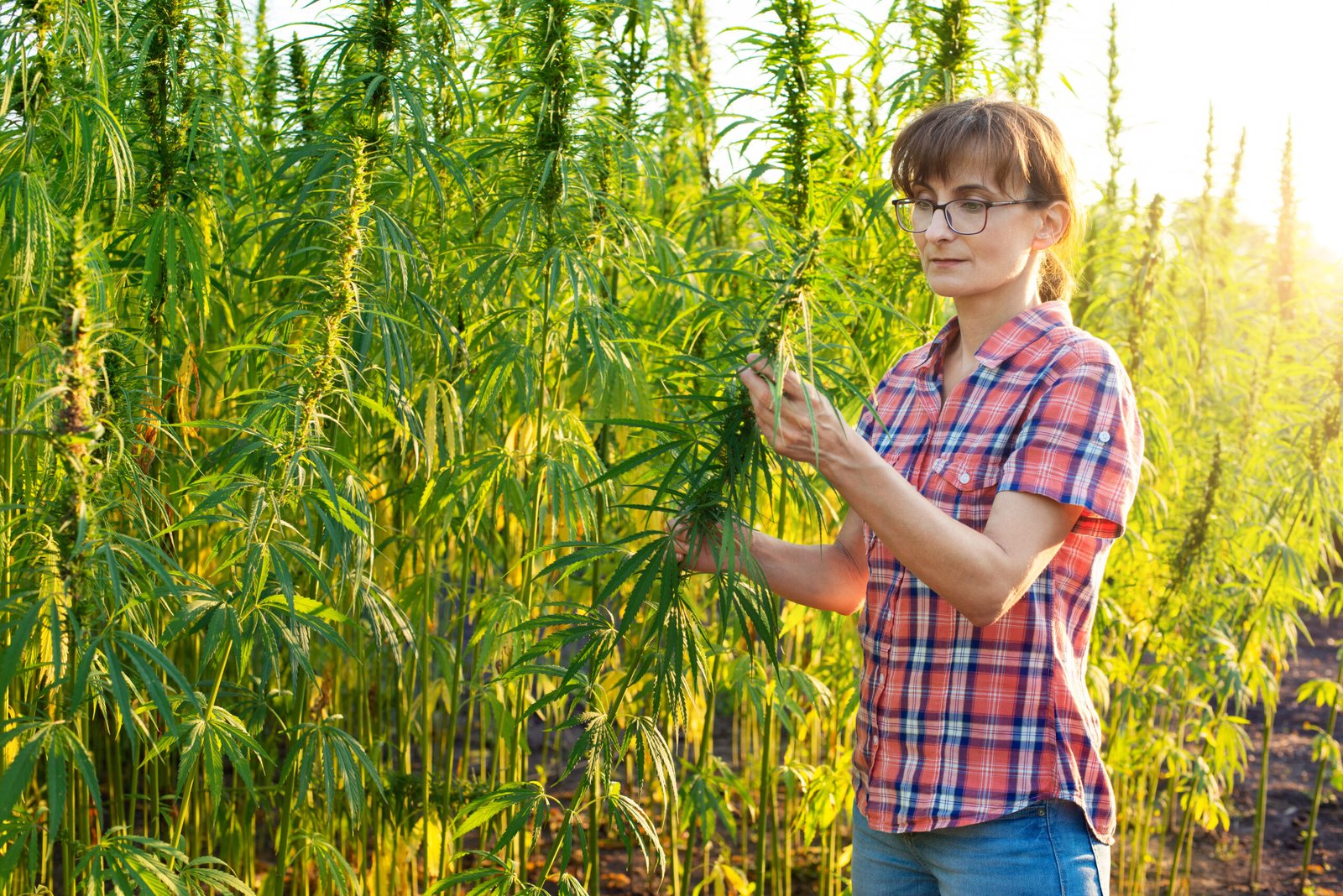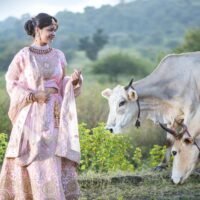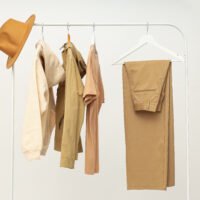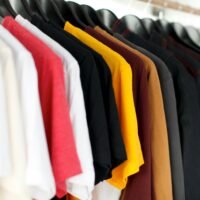The Use of Hemp Clothing for Sustainable Textile Production
Hemp, one of the oldest cultivated crops, has experienced a resurgence in recent years due to its sustainable properties and versatility. Traditionally used for ropes and sails, hemp clothing is now being recognized for its potential in the textile industry. This shift prompts two primary questions: how is clothing made from hemp, and can hemp be used effectively for textiles? Additionally, it is essential to examine the disadvantages of hemp fabric to provide a comprehensive understanding.
Table of Contents
How is Clothing Made from Hemp?
The process of making clothing from hemp involves several stages, beginning with cultivation and ending with the finished textile product. Hemp plants, which grow quickly and require minimal pesticides and herbicides, are harvested and then subjected to a series of processing steps. After harvesting, the plants undergo retting, a process where microbial action or chemical solutions break down the plant’s pectin, separating the fibers from the stalk. This can be done in the field, in water, or through mechanical means.
Once retting is complete, the fibers are decorticated, separating the long, strong bast fibers from the woody core (hurds). The bast fibers are then combed and spun into yarn. This spinning process can vary depending on the desired texture and quality of the fabric. Modern techniques often blend hemp with other fibers like cotton or silk to enhance its properties, making the final textile more suitable for various clothing applications.
Can Hemp be Used for Textiles?
Hemp is highly suitable for textiles due to its durability, breathability, and environmentally friendly cultivation process. Its fibers are among the strongest and most resilient of all natural fibers, which makes hemp clothing long-lasting and resistant to wear and tear. Additionally, hemp fabric is known for its breathability and excellent moisture-wicking properties, making it comfortable to wear in various climates.
Hemp textiles also hold dye well, allowing for vibrant and lasting colors. The eco-friendly nature of hemp cultivation further enhances its appeal. It requires less water compared to cotton, enriches the soil it grows in, and can be grown in various climates, making it a sustainable choice for textile production. Moreover, advancements in processing technology have significantly improved the texture and softness of hemp fabric, making it more comparable to conventional fabrics like cotton and linen.
What are the Disadvantages of Hemp Fabric?
Despite its numerous benefits, hemp fabric does have some disadvantages that need to be addressed. One significant drawback is its texture. While modern processing techniques have improved the feel of hemp fabric, it can still be coarser compared to cotton or synthetic fabrics. This coarseness can be a deterrent for consumers who prefer the softness and comfort of cotton or the smoothness of synthetic fabrics.
Another disadvantage is the cost. Hemp textiles can be more expensive due to the labor-intensive processing required to produce the fabric. The specialized machinery and expertise needed to handle hemp fibers, coupled with the relatively smaller scale of hemp textile production compared to more established fabrics, contribute to higher prices. Additionally, regulatory hurdles and limited availability in certain regions can further increase costs and restrict market access.
Furthermore, while hemp is naturally resistant to mold and ultraviolet light, it is less so than synthetic alternatives. Hemp fabric can degrade faster when exposed to prolonged moisture or intense sunlight without proper treatment. This makes it essential for manufacturers and consumers to take extra care in handling and maintaining hemp clothing.
Hemp offers a promising alternative to conventional textiles, with its sustainable cultivation, durability, and excellent performance in various applications. The process of making hemp clothing involves several intricate steps, from retting and decortication to spinning and weaving, culminating in a fabric that is both eco-friendly and robust. However, the disadvantages, including its relatively coarse texture, higher cost, and specific care requirements, present challenges that need to be addressed to enhance its appeal and practicality. As the textile industry continues to innovate and consumers become more environmentally conscious, hemp is poised to play a significant role in the future of sustainable fashion.
